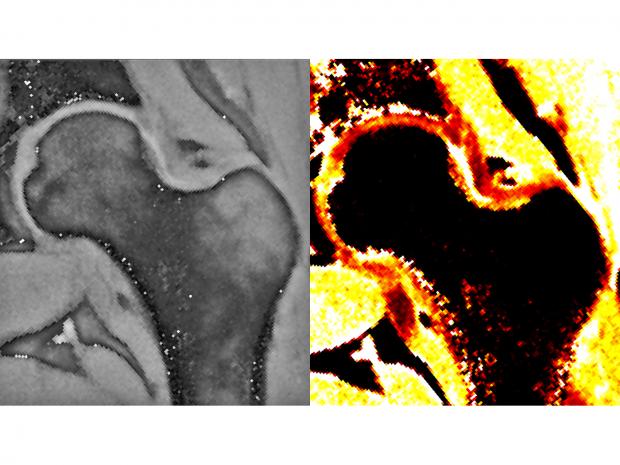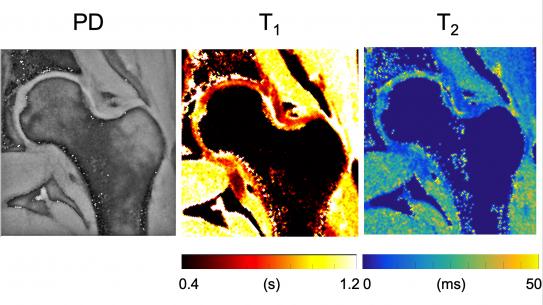Rapid Quantitative Magnetic Resonance Imaging

Speaker:
Riccardo Lattanzi, PhD
Associate Professor
Department of Radiology
NYU Grossman School of Medicine
Abstract:
Morphologic magnetic resonance (MR) imaging can detect only macroscopic changes associated tissue lesions. On the other hand, quantitative MR parameters, such as T1 and T2 relaxation times can be used for better characterization of tissue pathology, prognostication, and patient -specific management and therapy design. However, scan time limitations, inconsistency between measurements and unsettled diagnostic interpretation have prevented extensive clinical validation of quantitative MR imaging. This has restricted their use to research settings and few clinical applications have been adopted. The team of Dr. Lattanzi is exploring a new approach to quantitative MRI, MR fingerprinting (MRF), which allows simultaneous measurement of multiple tissue properties in a single, time-efficient a acquisition. This approach promises to overcome hurdles to translate quantitative imaging into clinical practice.
Dr. Lattanzi received his laurea degree in electronic engineering from University of Bologna (Italy) in 2000, his Master of Science in electrical engineering and computer science from MIT in 2006, and his Ph.D. in medical and electrical engineering from the Harvard-MIT Division of Health Sciences and Technology in 2008. He joined the Department of Radiology as a post-doctoral fellow in 2008 and recently has been promoted to Associate Professor. Dr. Lattanzi is a recipient of the coveted Rabi Young Investigator Award from the International Society for Magnetic Resonance in Medicine, and was granted an NSF CAREER award in 2015.


